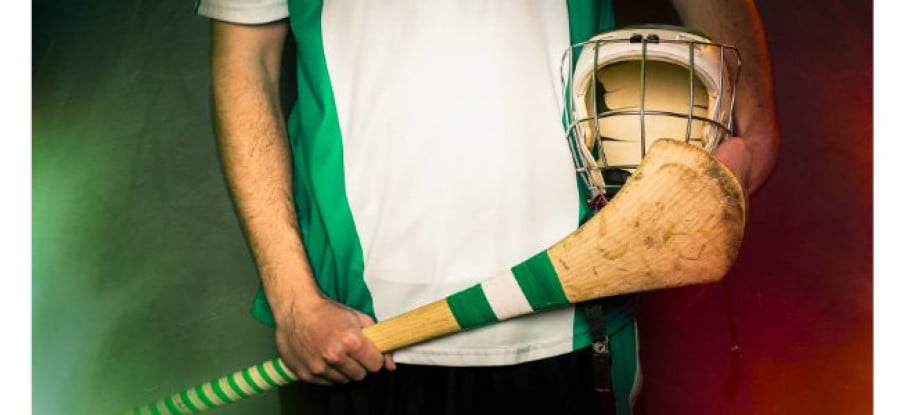Violence in Gaelic sports: what can be done to address it?

The Gaelic Athletic Association (GAA) is Ireland’s largest sporting organisation and one of the largest amateur sporting organisations in the world.1 It had a total revenue of €56 million in 2014.2 The organisations games include both Gaelic football and hurling, and its largest stadium, Croke Park is one of the largest stadiums in Europe. Unfortunately though, Gaelic sports also have a history of violence.3
Gaelic football is one of the GAA's main sports. By way of background, there are numerous different grades at which Gaelic football is played from nurseries (under 6) right up to adult level. At adult club level, a team would play around about 20 matches a season. This may be split between a league, a championship and one or two other smaller competitions. Elite players who play with county teams (inter-county) play a preseason competition consisting of between three and five matches, a league consisting of at least seven matches, and a championship of at least two matches (and it can be up to around nine). The inter-county season generally runs from January to September, while the club season normally ends in October or November. Some clubs may progress to play in provincial matches which can run until the following March. The community nature of the sport promotes competitiveness between rival teams, which can from time-to-time boil over into physical assaults. The sport itself is also very physical and could be viewed as a hybrid of rugby and association football. It is played at a high intensity by two teams of fifteen players. An incident before a recent Gaelic football challenge match between Dublin and Armagh resulted in a broken nose for Dublin player Davy Byrne.4 While it hasn’t resulted in criminal proceedings against the perpetrator, it was another unfortunate example of violence in Gaelic sports.
This article will examine the increasing number of reported violent incidences in Gaelic sports that are resulting in criminal prosecutions, and comment on why inadequacies within the GAA’s internal disciplinary processes could be one such contributing factor.
To continue reading or watching login or register here
Already a member? Sign in
Get access to all of the expert analysis and commentary at LawInSport including articles, webinars, conference videos and podcast transcripts. Find out more here.
- Tags: Criminal Law | Employment Law | Gaelic Athletic Association (GAA) | Gaelic Football | Governance | Hurling | Ireland | Regulation
Related Articles
- A guide to a robust sports disciplinary process
- Sports governing bodies and player welfare: examining the proposed NFL and NCAA concussion settlements
- Retrospective trial by video evidence in sport
- Protecting the Professional Athlete: Employment Issues & Financial Assets
Written by
Daniel Watters
Daniel has a degree and masters in law. His masters thesis focused on criminal violence in sport and he is currently pursing a Ph.D. (part time) in Queens University Belfast examining the role of the criminal law in assaults in sports with a particular focus on Ireland and the GAA.

 Global Summit 2024
Global Summit 2024